Białystok
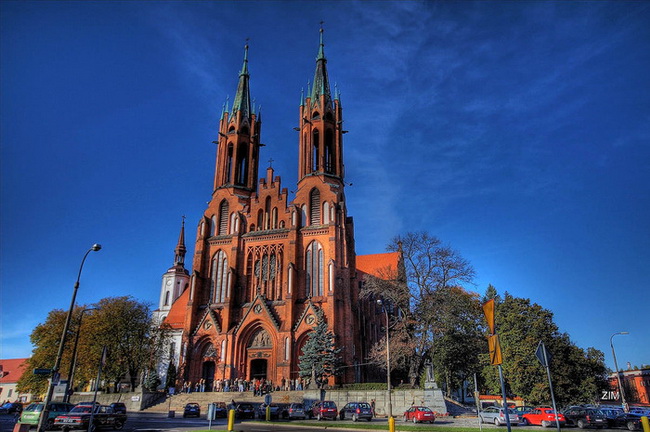
Protocol of Intent on Cooperation dated August 21
2011 Cooperation Agreement dated June 22, 2013
Population: 290,900 (as of June 30, 2024)
Area: 102 km²
Country: Republic of Poland
Region: Podlaskie Voivodeship
Mayor: Tadeusz Truskolaski
Tourist Information Center: https://podlaskie.it
Official website: http://www.bialystok.pl
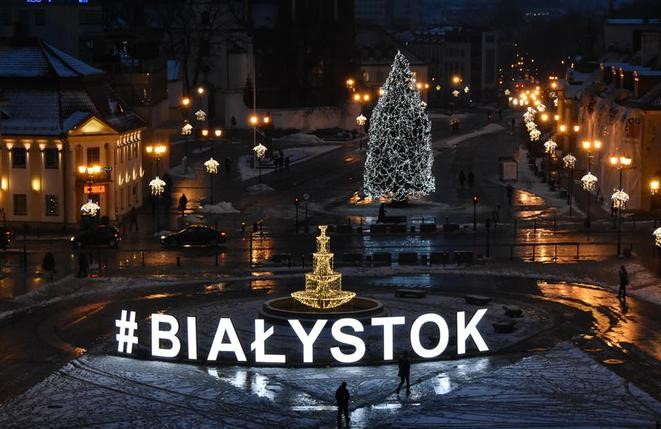
Location
Białystok is located in northeastern Poland, near the border with Belarus. The city serves as the administrative center of the Podlaskie Voivodeship and is a significant cultural and economic hub in the region.
Population
As of June 30, 2024, Białystok had a population of approximately 290,900 residents. The city is home to various ethnic groups, including Poles, Belarusians, and other minorities.
History Białystok's history dates back to the 14th century. The city was first mentioned in 1426 and was granted town rights in 1692. In the 18th century, Białystok flourished under the Branicki family, who constructed the baroque Branicki Palace, often referred to as the "Versailles of Podlachia." Throughout its history, the city has been influenced by various cultures and nations, contributing to its diverse heritage.
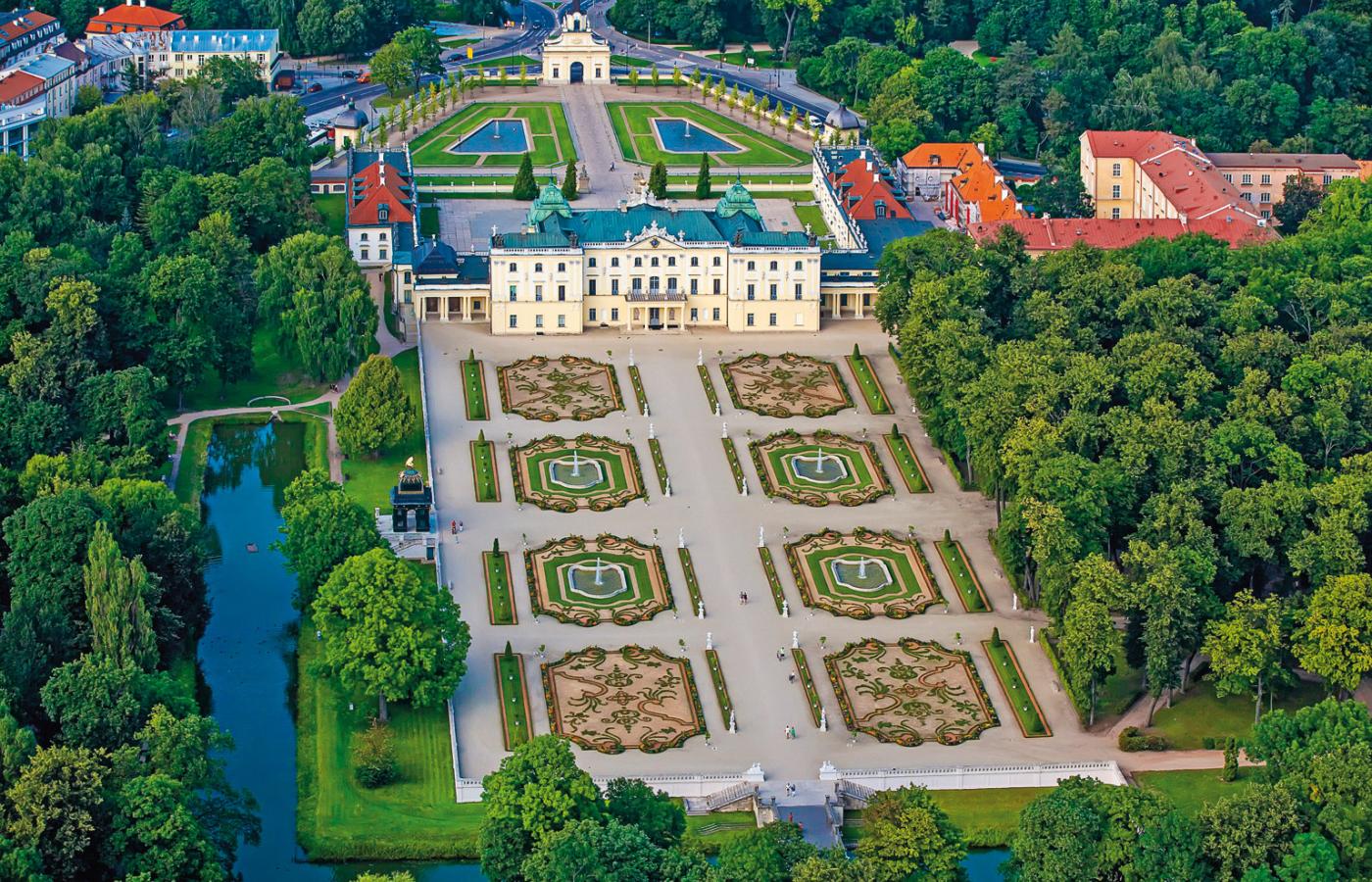
Tourism
Białystok offers a variety of attractions for visitors. The Branicki Palace and its surrounding gardens are among the city's most notable landmarks. The city also features numerous parks, such as Planty Park, providing green spaces for relaxation. Białystok's diverse architectural styles, including baroque, neoclassical, and modernist buildings, reflect its rich history and cultural influences.
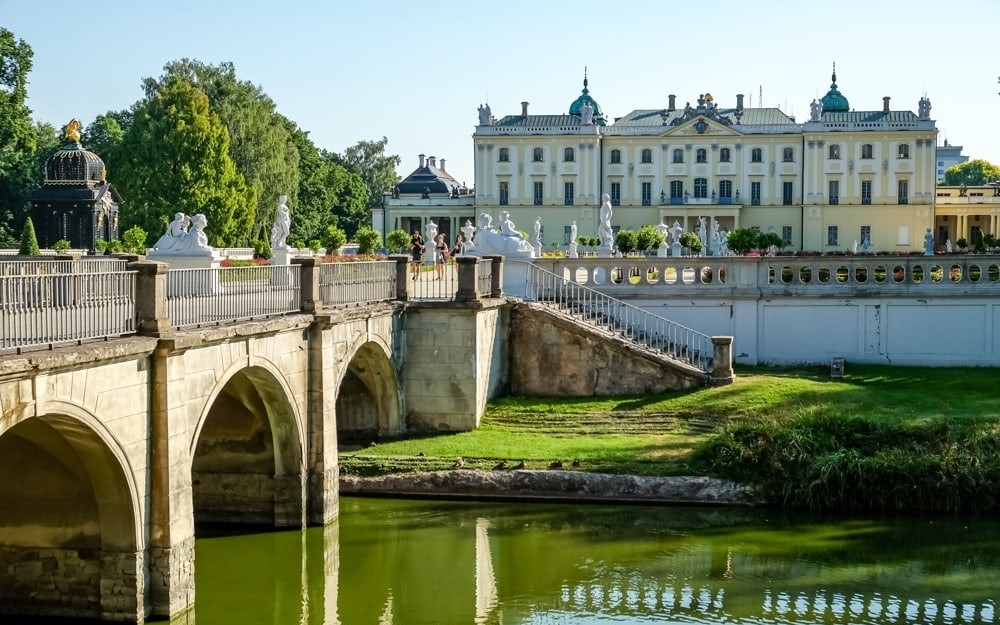
Museums
The city hosts several museums that showcase its cultural and historical heritage. The Podlaskie Museum, located in the historic Town Hall, offers exhibitions on regional history and art. The Ludwik Zamenhof Center focuses on the life and work of the creator of Esperanto, who was born in Białystok. Additionally, the Sybir Memorial Museum commemorates the experiences of Poles exiled to Siberia.
Culture and Leisure
Białystok is a vibrant cultural center, hosting various festivals and events throughout the year. The city is known for its contributions to the arts, particularly in theater and music. Numerous galleries and cultural institutions offer residents and visitors opportunities to engage with contemporary and traditional art forms.
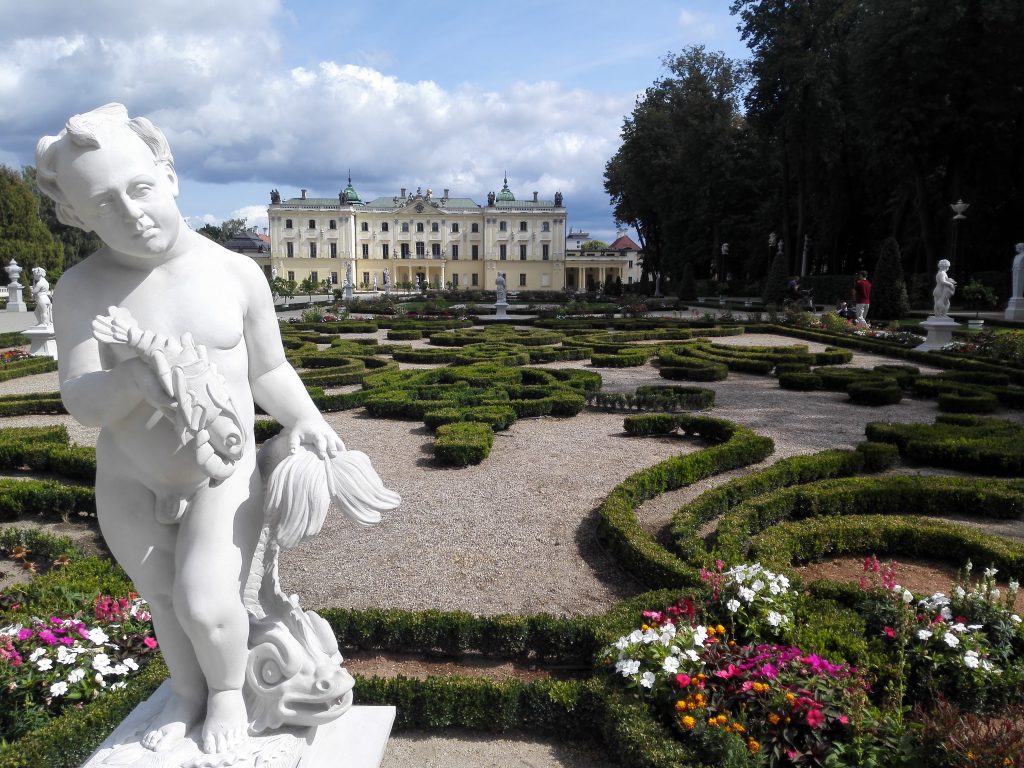
Theaters
The city boasts several theaters, including the Aleksander Węgierko Drama Theatre, which stages a range of performances from classical plays to modern productions. The Białystok Puppet Theatre is renowned for its puppetry art, appealing to both children and adults. These institutions contribute significantly to the city's cultural landscape.
Education
Białystok is home to several higher education institutions, such as the University of Białystok and the Białystok University of Technology. These universities offer a wide range of programs and contribute to the city's academic and research development. The presence of these institutions fosters a vibrant student community and supports various educational initiatives.
Economy
The city's economy is diverse, with key sectors including manufacturing, trade, and services. Białystok has a growing information technology industry and serves as a regional center for commerce. The city's strategic location near the eastern border of the European Union positions it as an important hub for trade and economic cooperation with neighboring countries.
